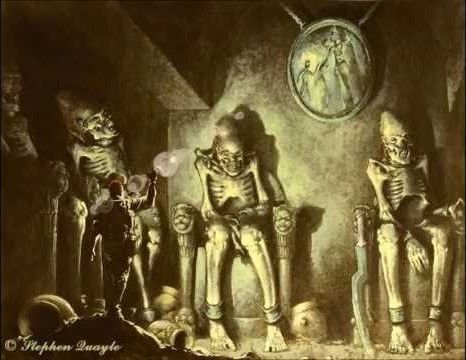The Quinametzin, the Race of Giants that Inhabited Mexico
The chronicles of the evangelists in New Spain and the Novo-Hispanic historians tell that in ancient times there were giants in what is known today as Mexico.

Chronicles of evangelizers in New Spain and New Spanish historians tell us that in ancient times there were giants in what is now known as Mexico. They were called quinametzin, a term used in Mesoamerican mythology for people of great height.
After the conquest, massive bones were found. A story by friar Andrés de Olmos, famous for his work as a Náhuatl, Huasteco, and Totonaco philologist, states that in the palace of the first viceroy of New Spain, Antonio de Mendoza, bones of a human foot were found. Each toe measured almost the palm of a hand.




